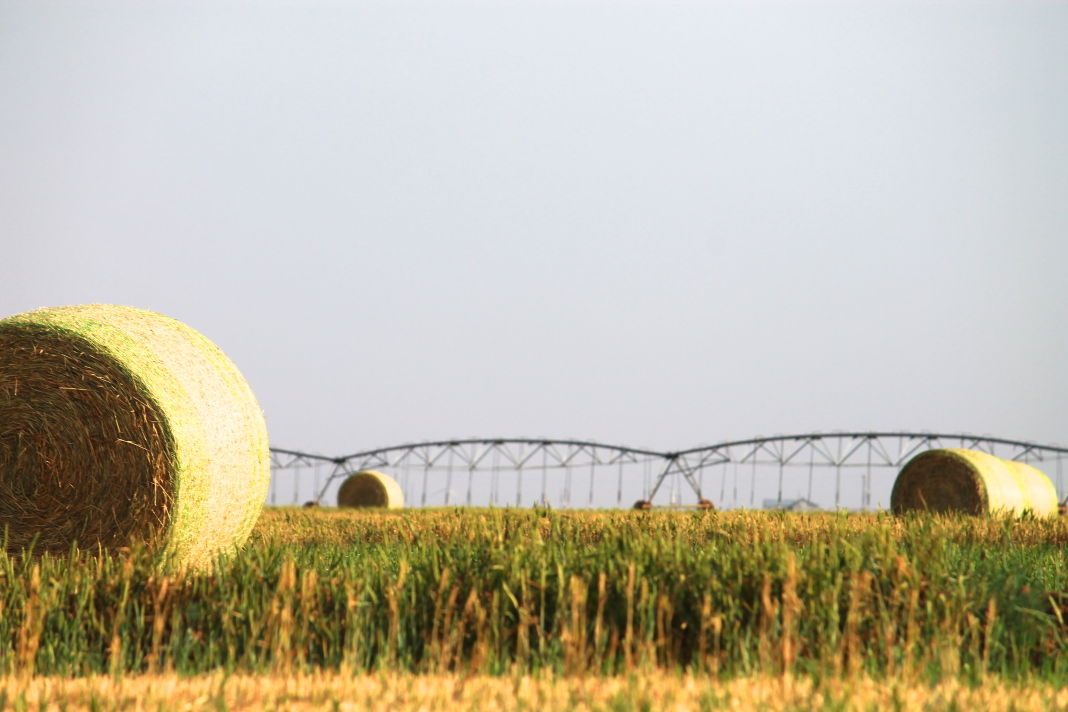Agricultural producers might think the initial cost of installing a solar energy system is cost-prohibitive – until taking a closer look at the funding that’s available to pay for it.
The Wall Street Journal recently reported how a South Carolina poultry farmer took advantage of federal monies to entirely pay for his $300,000 solar-panel system. The project will not only eliminate the farm’s annual utility bill, the article said, but could end up making extra money for the producer by selling any excess power to his local utility.
While selling excess power is not available everywhere, now is a great time for agricultural producers interested in installing a solar energy system on a few acres to take advantage of opportunities available through federal and state tax credits, grants and loans.
$2 billion for USDA’s renewable energy program
In the past, the popularity of U.S. Department of Agriculture conservation and renewable energy programs often meant programs were oversubscribed, with applications far exceeding available funding. The Inflation Reduction Act, signed into law by President Joe Biden in 2022, addressed that funding shortfall by offering additional financial resources to support renewable energy projects for agricultural producers.
The Inflation Reduction Act provided more than $2 billion for USDA’s Rural Energy for America Program. REAP provides guaranteed loan financing and grant funding to agricultural producers and rural small businesses.
The increased funding for REAP runs through 2031. Agricultural producers can use the program to install renewable energy systems or to make energy efficiency improvements, said Brad Mohrmann, a senior associate at Pinion. Under the program, agricultural producers may also apply for new energy-efficient equipment and new system loans for agricultural production and processing.
In addition to grants and loans, producers can take advantage of tax credits to further help offset the costs of implementing renewable energy projects. In the case of smaller projects like that of the South Carolina poultry producer, tax credits make up 70% of costs, The Wall Street Journal said. That includes a 30% credit given to all renewable-energy projects and an additional 40% in bonus credits available across three criteria: using U.S.-made materials; location in a former fossil-fuel region; and location in a low-income community.
USDA’s clean-energy funding boom
Demand for rural solar projects has been “skyrocketing,” Basil Gooden, USDA’s undersecretary for rural development, told The Wall Street Journal.
The increase in solar interest isn’t just a result of the nation’s growing focus on renewable energy. Rising electricity costs have farmers, livestock producers, processors and landowners looking for ways to lower their utility bills. Many have found they can achieve substantial energy savings with solar. For example, producers are using solar energy to run the pumps on their underground water wells and to power their dairy operations.
In 2023, USDA made investments totaling more than $362 million to help farmers and rural small businesses access renewable energy systems like solar. Inflation Reduction Act funding was responsible for most of these investments. In April of this year, USDA announced it is funding more than 700 clean energy projects. The funds are aimed at lowering energy bills, expanding access to domestic biofuels and creating jobs and new market opportunities for U.S. farmers, ranchers and
agricultural producers. More than $194 million in REAP loans and grants are supporting projects in 35 states, including Kansas, Nebraska, New Mexico, North Dakota and Texas.
REAP is available to producers in all states, Mohrmann said. Businesses must be located in rural areas with populations of 50,000 or less, but ag producers can be located in rural or nonrural areas.
Those contemplating renewable energy for their farm or ranch should be aware that a new round of applications for REAP’s renewable energy guaranteed loans and grants runs June 30, 2024, through Sept. 30, 2024. Along with application forms, the application process includes pre-registering with the System for Award Management and having a Unique Entity ID. Mohrmann said it would be prudent for applicants to reach out to their state’s USDA Rural Development Energy Coordinator before beginning the application process.
Solar developer options
For those who prefer to make a smaller investment of time or money, they can lease farmland to a solar developer for added revenue. Robert Veldman of Pinion said that many agricultural producers work directly with developers on solar projects, where all the funding comes from the developer at no cost to the farmer. That allows land owners to get paid rent for the use of their land and not use the power behind the meter for their farm-related purposes.
Veldman added that farmers and landowners can also sell their land to the developer as a purchase option. Those monies can then be used to liquidate debt, buy other land or be applied to other needs.
By integrating a solar project into a farm, farmers can not only reduce their carbon footprint but also significantly lower energy costs, ensuring a sustainable and profitable future. Veldman suggested that farmers seek expert help before agreeing in writing to a solar project or lease.
Learn more about solar project funding at:
· Rural Energy for America Program Renewable Energy Systems & Energy Efficiency Improvement Guaranteed Loans & Grants – https://www.rd.usda.gov/programs-services/energy-programs/rural-energy-america-program-renewable-energy-systems-energy-efficiency-improvement-guaranteed-loans
· REAP Fact Sheet – https://www.rd.usda.gov/sites/default/files/fact-sheet/508_RD_FS_RBS_REAP_RE.pdf
· Farmer’s Guide to Going Solar | Department of Energy – https://www.energy.gov/eere/solar/farmers-guide-going-solar
· Federal Solar Tax Credits for Businesses – https://www.energy.gov/eere/solar/federal-solar-tax-credits-businesses
· 10 Tips for Negotiating a Solar Lease – https://www.pinionglobal.com/10-tips-for-negotiating-a-solar-lease/
Editor’s note: Maxson Irsik, a certified public accountant, advises owners of professionally managed agribusinesses and family-owned ranches on ways to achieve their goals. Whether an owner’s goal is to expand and grow the business, discover and leverage core competencies or protect the current owners’ legacy through careful structuring and estate planning, Irsik applies his experience working on and running his own family’s farm to find innovative ways to make it a reality. Contact him at [email protected].

